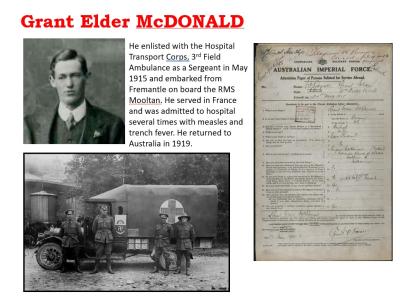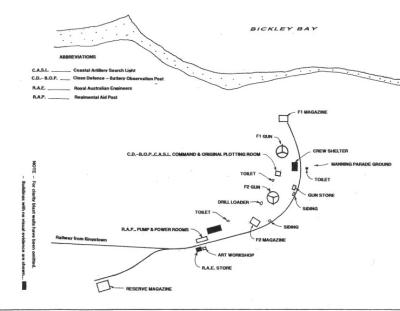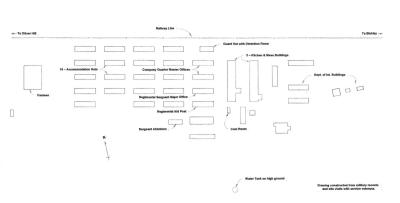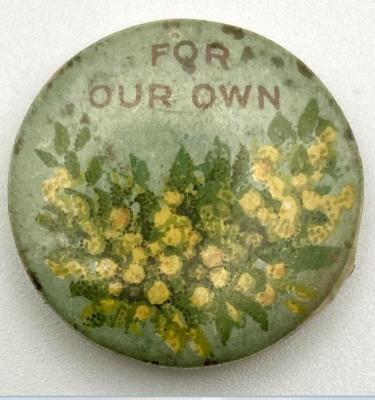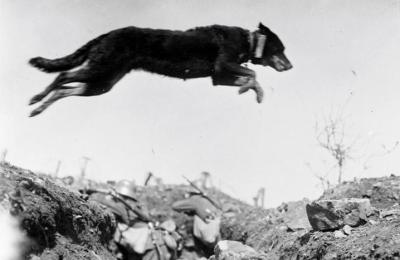World War 1, South-West Asia, Turkiye, Gallipoli, Anzac Cove, 2413 SHAW, 52 Battalion, 1915
Photograph of 2413 Private (later Sergeant) Claude Shaw.
Claude Shaw was born in the town of Gingin in Western Australia on 27 February 1895. Claude was the fourth son of ten children to William Shaw and Mary Ann Hill. William was the son of Mary Ann Ballapon, an Aboriginal woman from the Perth area and George Shaw, a grazier and landowner.
On 5 May 1915, Claude enlisted in the Australian Imperial Force (AIF) in Moora in the 7th Reinforcements of the 12th Battalion on 14 June. He departed from Fremantle on HMAT Chilka A51 on 19 June for Egypt, landing at Port Said after thirty-three days at sea. The contingent then travelled to Cairo underwent a further ten days instruction prior to proceeding to Gallipoli. landing on 5 August.
The Battalion was involved in the Battle of Lone Pine where they were engaged in heavy trench fighting. On 28 August Claude contracted conjunctivitis and was evacuated returning to Gallipoli. In November. Following evacuation and reorganisation, was transferred to the 13th Brigade of the 52nd Battalion. In June 1916, Claude proceeded to France and In mid-August the Battalion was involved in the early fighting at Mouquet Farm.
In 1917, he 52nd Battalion were involved in further action at Noreuil, France, and then at Messines in Belgium, during which time Claude was promoted to the rank of Lance Corporal. On 7 June he was briefly admitted to the New Zealand Field Hospital with minor wounds and re-admitted in late August to the 4th Australian Field Ambulance Hospital where he remained for a little over five weeks. One month after returning to his unit, Claude was once again promoted in rank to Corporal.
In January 1918, he was transferred to England where he was attached to the 13th Training Battalion and gained 1st Class qualifications at the Australian School of Musketry at Tidworth in Wiltshire. Claude remained in England until August when he returned to France with the 51st Battalion to serve at the Australian Infantry Base Depot at Le Havre. Following the cessation of hostilities, Claude remained in France, and in January of 1919 was transferred back to England to return to Australia. He was discharged from the AIF on 3 June 1919, Claude received a welcome home function at the Gingin Town Hall along with his brother Roland and other returned servicemen.
On 24 September 1940, Claude re-enlisted in the Australian Armed Forces at Claremont giving his occupation as a railway repairman. He served with the 3rd Training Battalion in Northam was promoted to the rank of Lance Sergeant. Claude served with served with the 3rd, 4th and 13th Battalions, until October 1942, when he was discharged .
Details
Details
The service of 13 Diggers, now recognised as indigenous, original ANZACs, who served with the Australian Imperial Force in Gallipoli are commemorated by name in dioramas in the World War 1 Gallery at the Australian Army Museum of Western Australia.
Australian Army Museum of Western Australia
Australian Army Museum of Western Australia
Other items from Australian Army Museum of Western Australia
- World War 1, South-West Asia, Turkiye, Gallipoli, Anzac Cove,165 McCALLUM, 16 Battalion, 1915
- World War 1, Western Australia, Perth heritage week Exhibit, 251 McDONALD GE, Hospital Transport Corps
- World War 2, Western Australia, Rottnest Island, Bickley Battery and Bickley Camp, Layout, 1944
- World War 2, Western Australia, Rottnest Island, Bickley Battery, Layout
- World War 2, Western Australia, Rottnest Island, Airfield Camp, Layout, 1944
- World War 2, Western Australia, Commemorative Banner, 2/7 Battalion AIF
- World War 2, Eastern Mediterranean, Greec and Crete, 6 Division, 1941
- World War 2, Eastern Mediterranean, North Africa, Bardia and Tobruk, 6 Division, 1941
- World War 2, Eastern Mediterranean, North Africa, Siege of Tobruk, 9th Division
- World War 1, Home Front, Commonwealth Button Fund (20), Wattle Day, "For Our Own" held 24 August 1917
- World War 1, Europe, Western Front, Messenger Dogs, 1917

